Canoe21
Lawrence
Hello Dave, Sure do like that building jig of yours, it seams to make building your ship much more realistic. Great job you are doing on your frames fitting to the keel.
Regards Lawrence
Regards Lawrence
 |
As a way to introduce our brass coins to the community, we will raffle off a free coin during the month of August. Follow link ABOVE for instructions for entering. |
 |
 |
The beloved Ships in Scale Magazine is back and charting a new course for 2026! Discover new skills, new techniques, and new inspirations in every issue. NOTE THAT OUR FIRST ISSUE WILL BE JAN/FEB 2026 |
 |
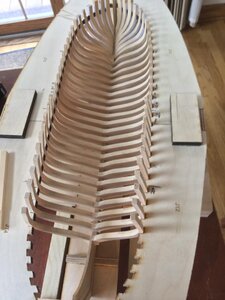
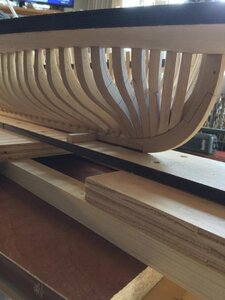
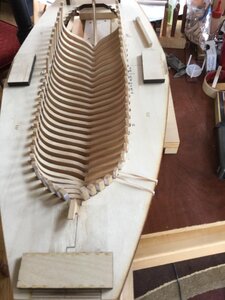


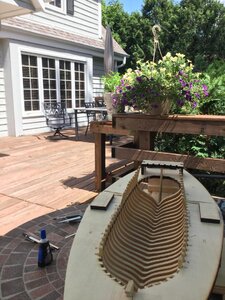
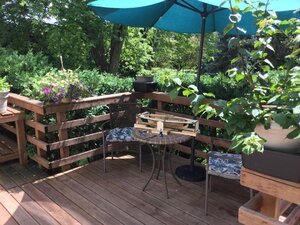
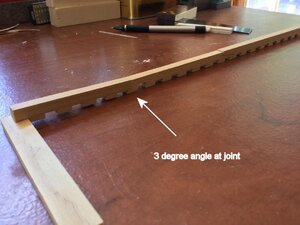
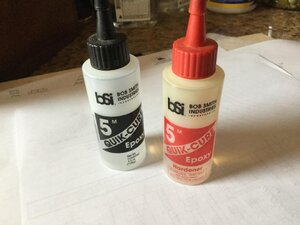
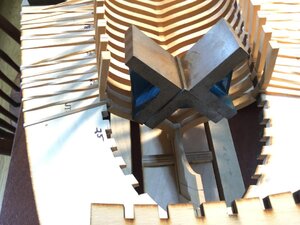
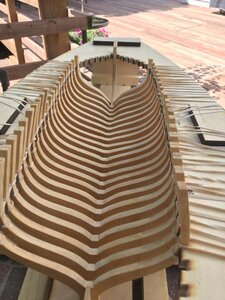
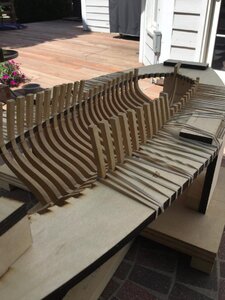
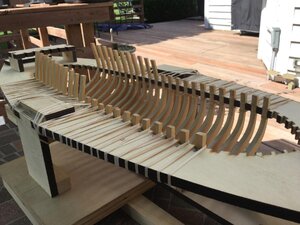
Jimsky, I like the new Avatar your using, I need to get me a new one, my Admiral doesn't like my image!Great workmanship, Doc!! You make think us - it is easy!! I know for a fact, it in NOT!!
Thankfully, there are many to choose from...I will send you one later this evening, you may like it...But most important , you Admiral will like it!Jimsky, I like the new Avatar your using, I need to get me a new one, my Admiral doesn't like my image!

